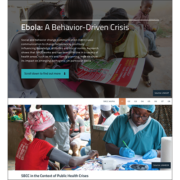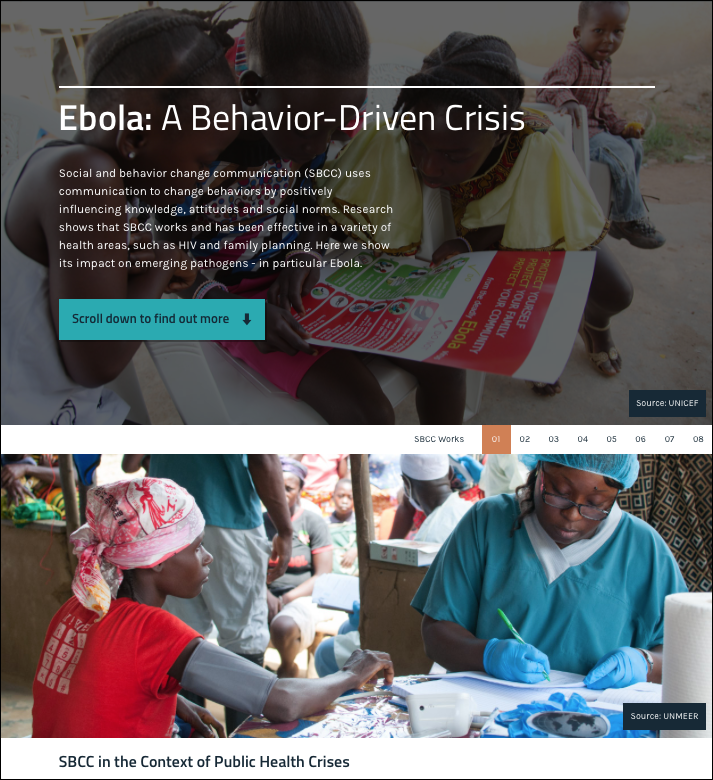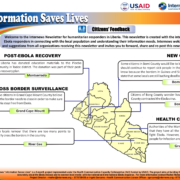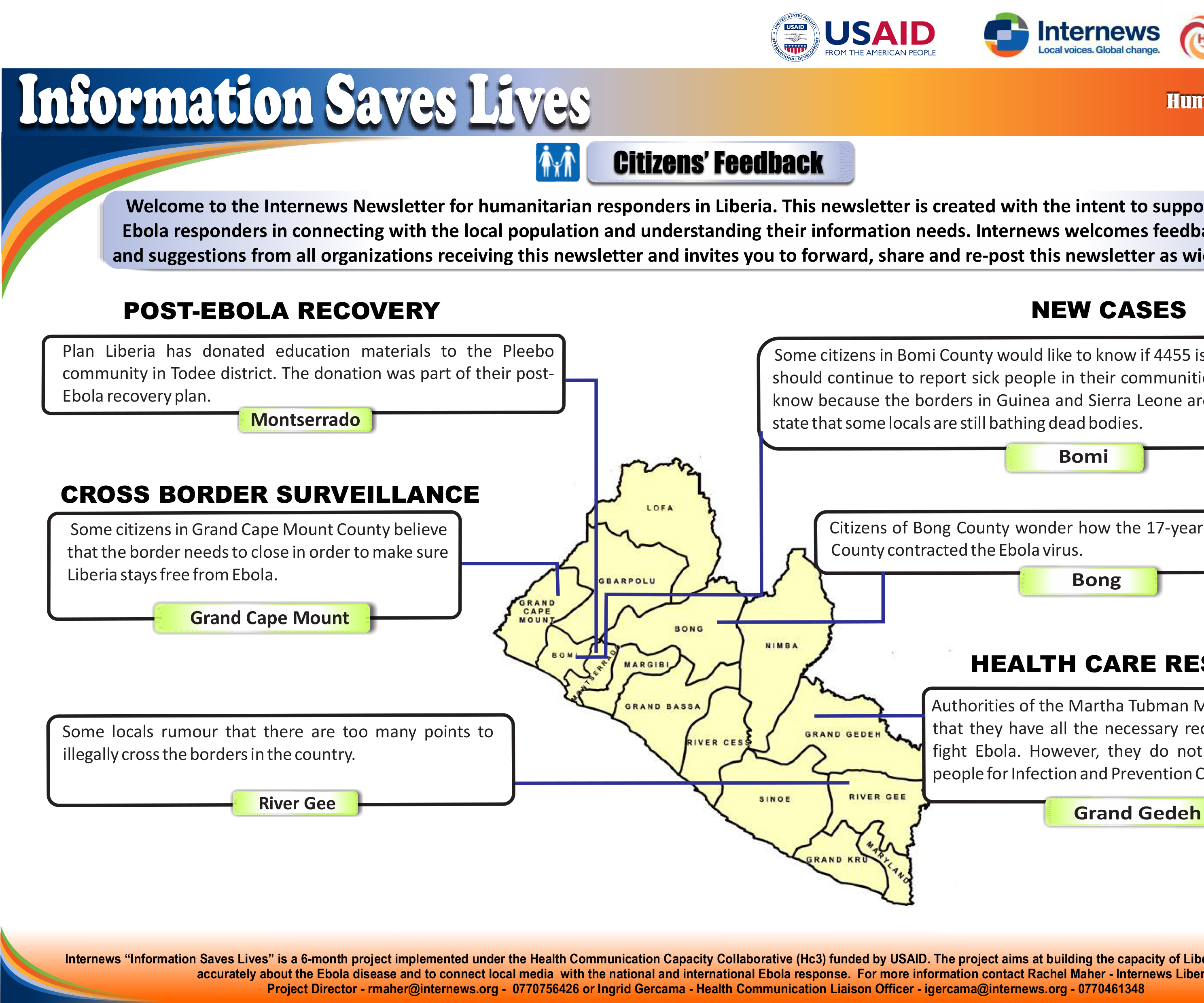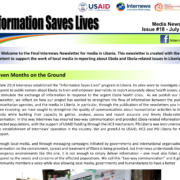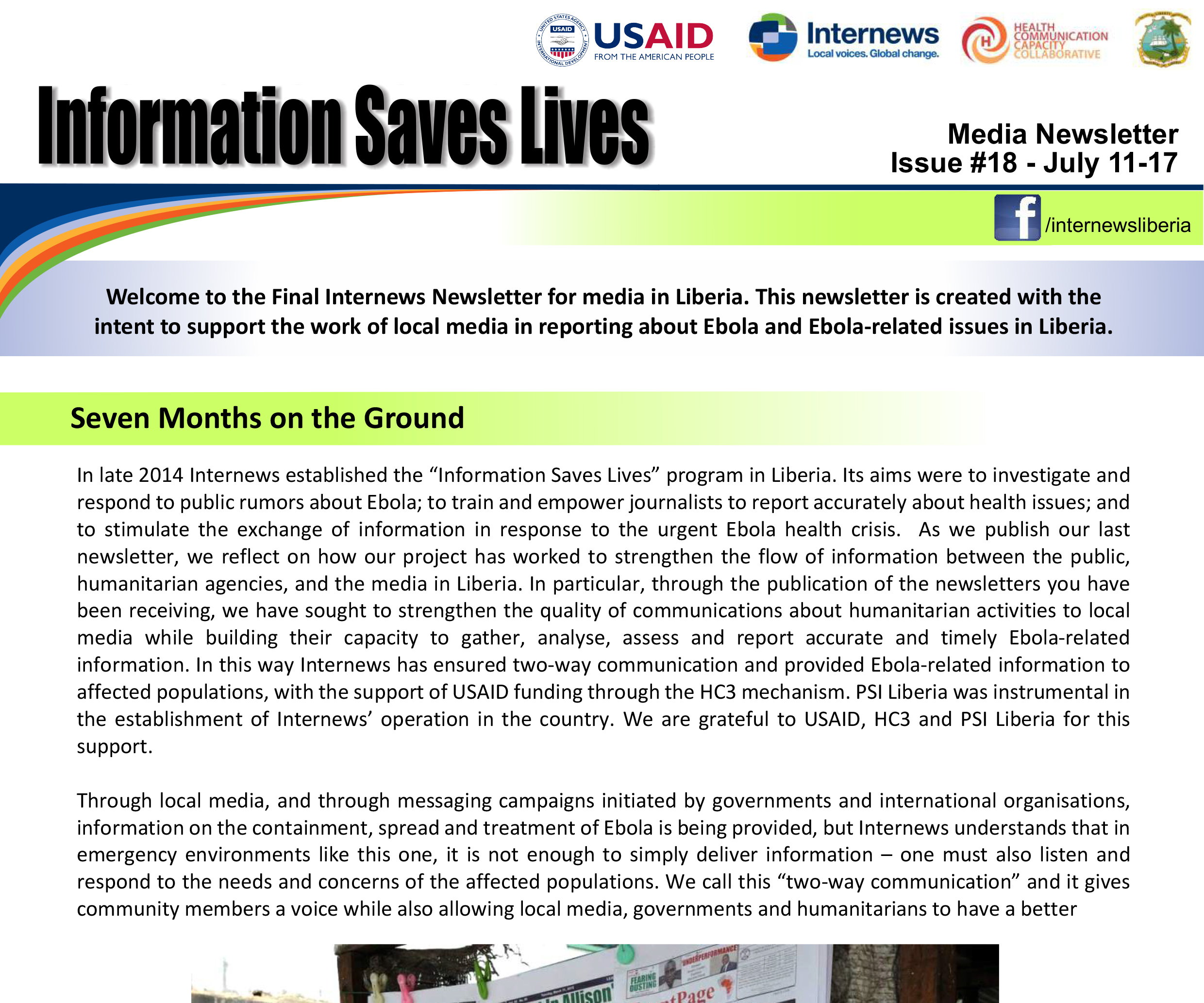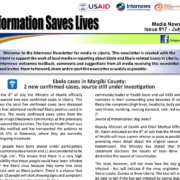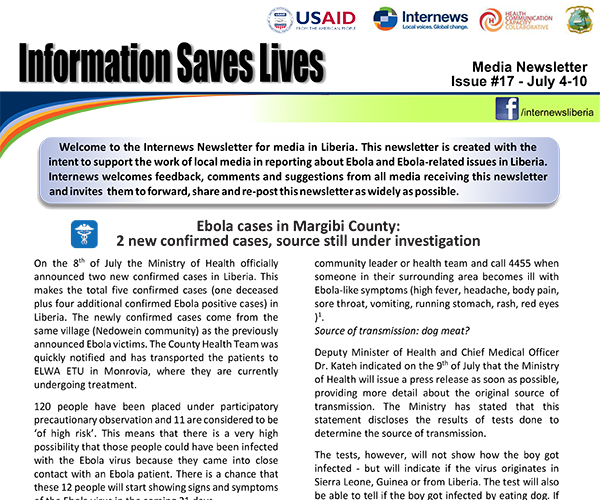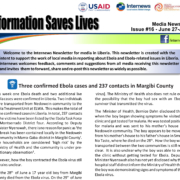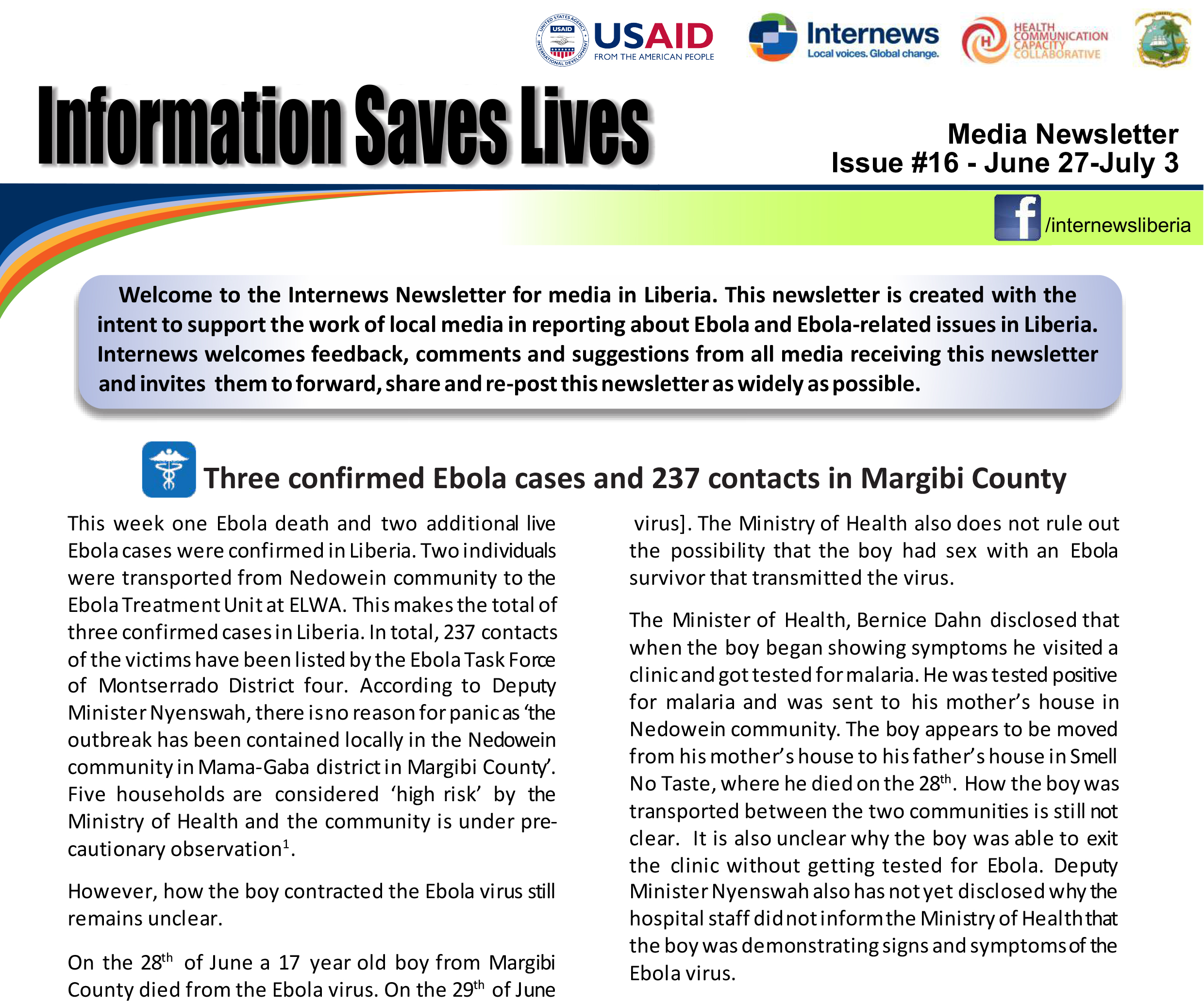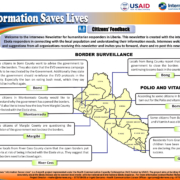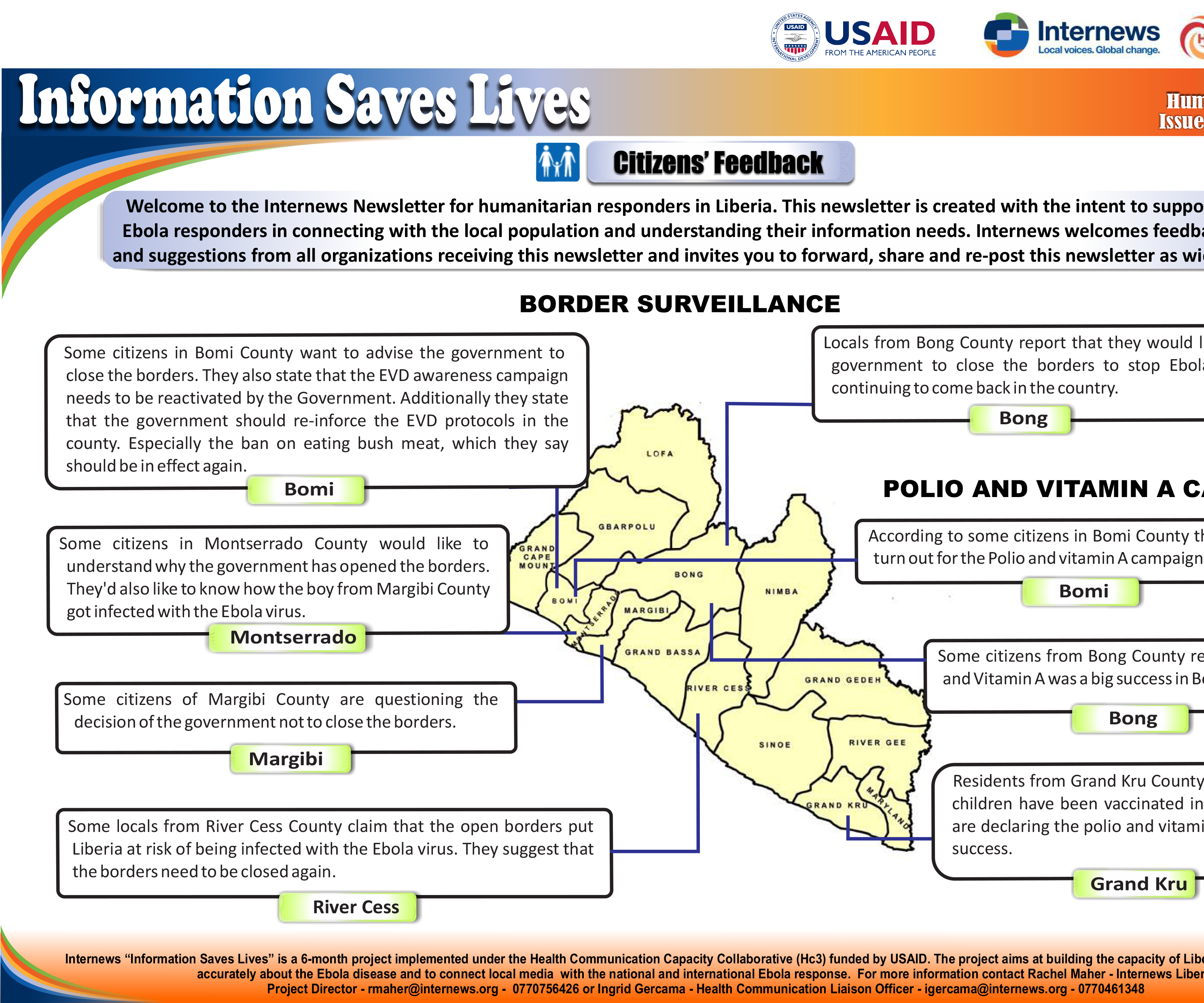Ebola Communication Preparedness Implementation Kit
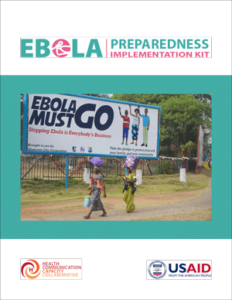 Now also available in French, this toolkit developed by CCP provides national and local stakeholders, as well as program managers, with key considerations and a roadmap for instituting and implementing critical, relevant, practical and timely communication for responding to the threat of an Ebola Virus Disease (EVD) outbreak. The I-Kit guides countries in social and behavior change communication (SBCC) and risk communication activity planning, including communication plan development for every stage of an Ebola response. For any country facing a major health crisis, national preparedness plans need to include and support communication efforts. Integration of communication into the preparedness agenda from the outset ensures that preparedness communication is harmonized, relevant, timely, financially supported and aligned among all of the preparedness technical teams. Robust national communication preparedness plans maximize the effectiveness of Ebola communication and equip communication trainers and experts with a common set of tools and modules.
Now also available in French, this toolkit developed by CCP provides national and local stakeholders, as well as program managers, with key considerations and a roadmap for instituting and implementing critical, relevant, practical and timely communication for responding to the threat of an Ebola Virus Disease (EVD) outbreak. The I-Kit guides countries in social and behavior change communication (SBCC) and risk communication activity planning, including communication plan development for every stage of an Ebola response. For any country facing a major health crisis, national preparedness plans need to include and support communication efforts. Integration of communication into the preparedness agenda from the outset ensures that preparedness communication is harmonized, relevant, timely, financially supported and aligned among all of the preparedness technical teams. Robust national communication preparedness plans maximize the effectiveness of Ebola communication and equip communication trainers and experts with a common set of tools and modules.
Sources:

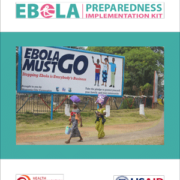
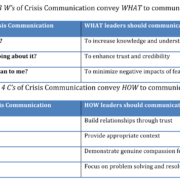
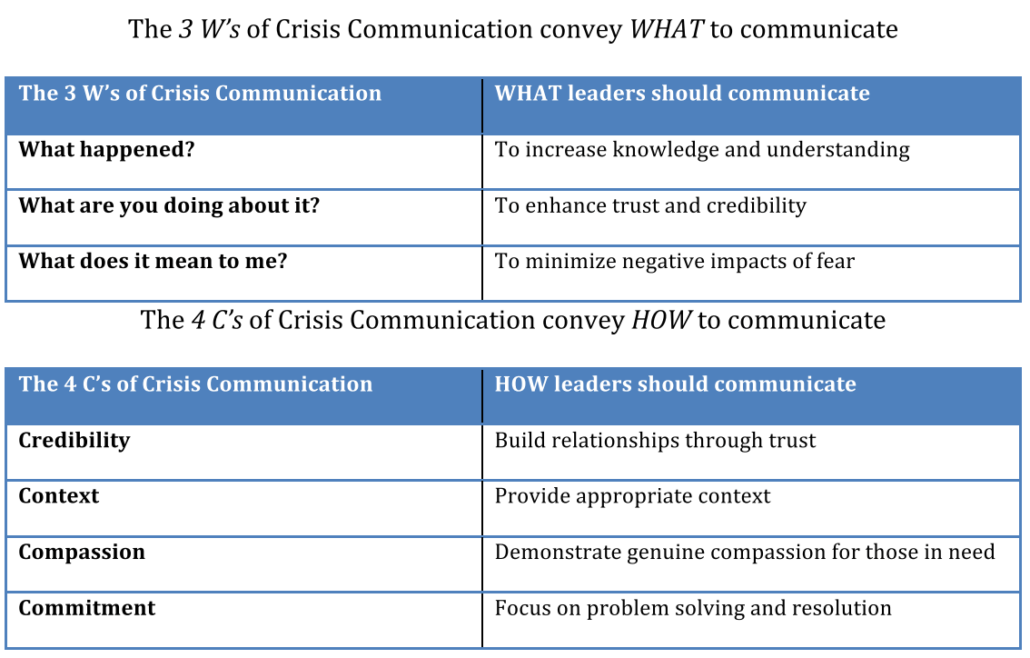 This article (published in Military Medicine (2020) provides tips for leaders on “what to communicate and how to communicate” during a crisis, using lessons learned from the Ebola outbreak as well as lessons now emerging from the Coronavirus Disease 2019 (COVID-19) pandemic. This perspective offers practical guidelines for leaders identified here as the 3 W’s and 4C’s of crisis communication.
This article (published in Military Medicine (2020) provides tips for leaders on “what to communicate and how to communicate” during a crisis, using lessons learned from the Ebola outbreak as well as lessons now emerging from the Coronavirus Disease 2019 (COVID-19) pandemic. This perspective offers practical guidelines for leaders identified here as the 3 W’s and 4C’s of crisis communication.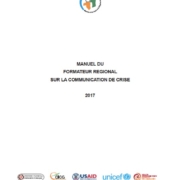
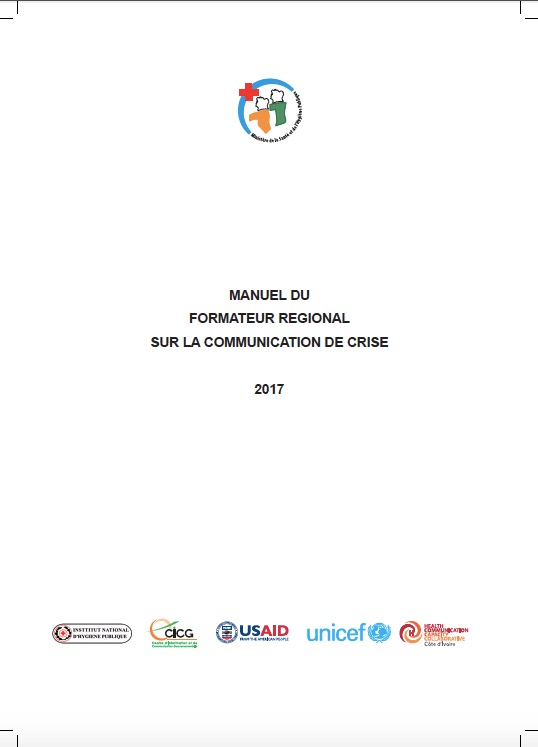 Facilitator guide for regional level training to reinforce, through a participatory approach based on practice, the capacities of journalists from the written press and community radio hosts for better coverage of health crisis situations such as that of Ebola (2017).
Facilitator guide for regional level training to reinforce, through a participatory approach based on practice, the capacities of journalists from the written press and community radio hosts for better coverage of health crisis situations such as that of Ebola (2017).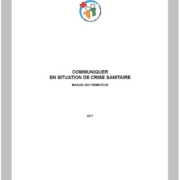
 Training Manual to reinforce, through a participatory approach based on practice, the capacities of journalists from the written press and community radio hosts for better coverage of health crisis situations such as that of Ebola. Developed with Support of HC3 Cote d’Ivoire (2017).
Training Manual to reinforce, through a participatory approach based on practice, the capacities of journalists from the written press and community radio hosts for better coverage of health crisis situations such as that of Ebola. Developed with Support of HC3 Cote d’Ivoire (2017).